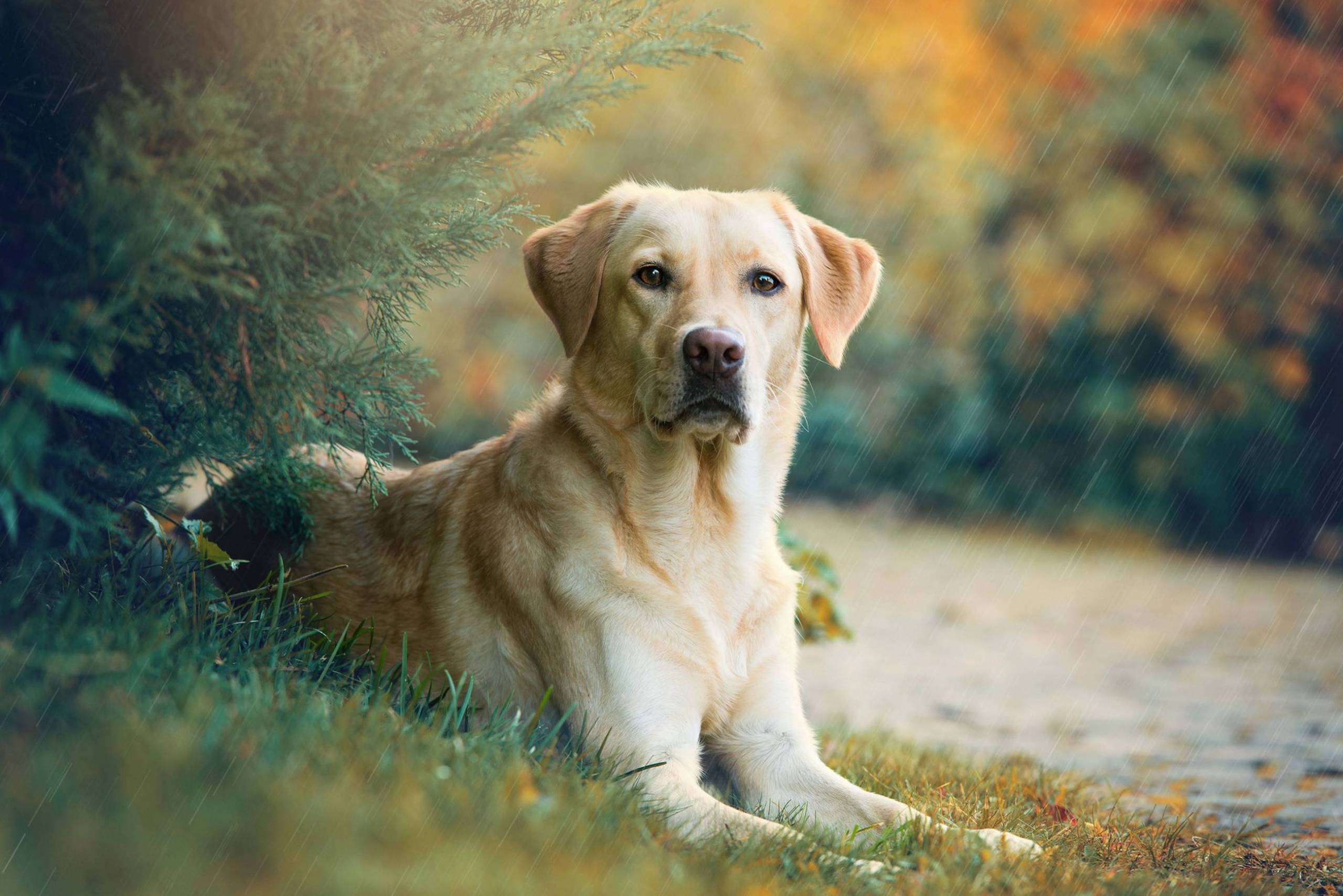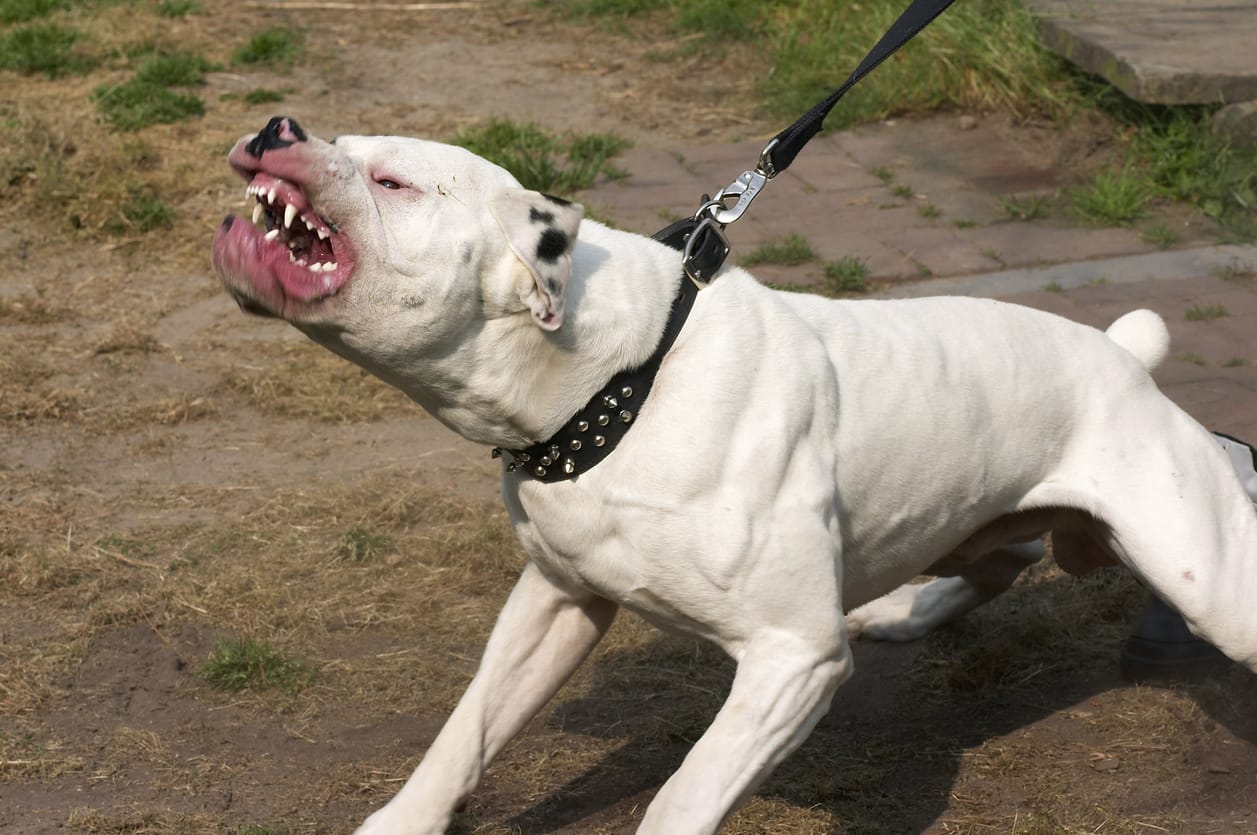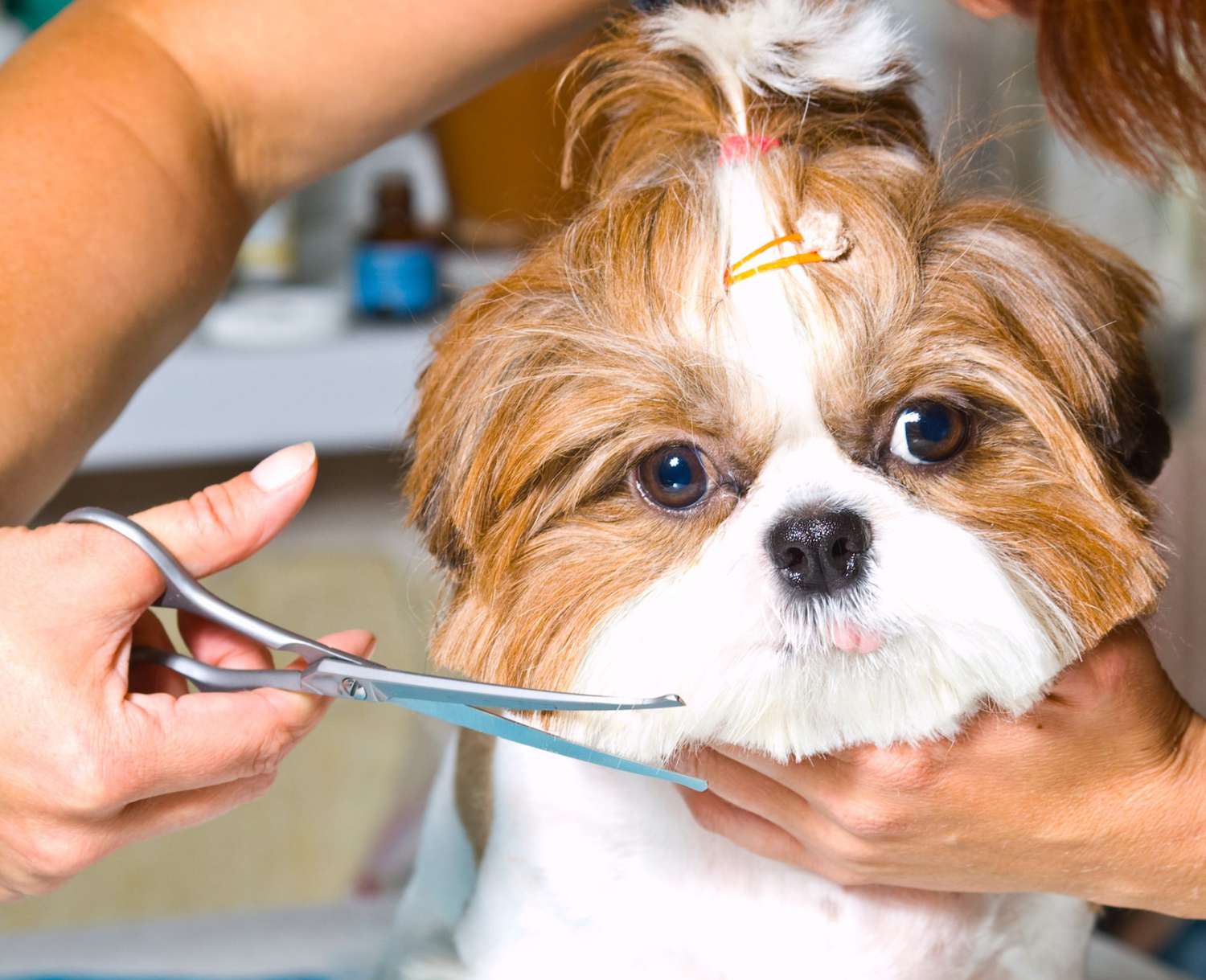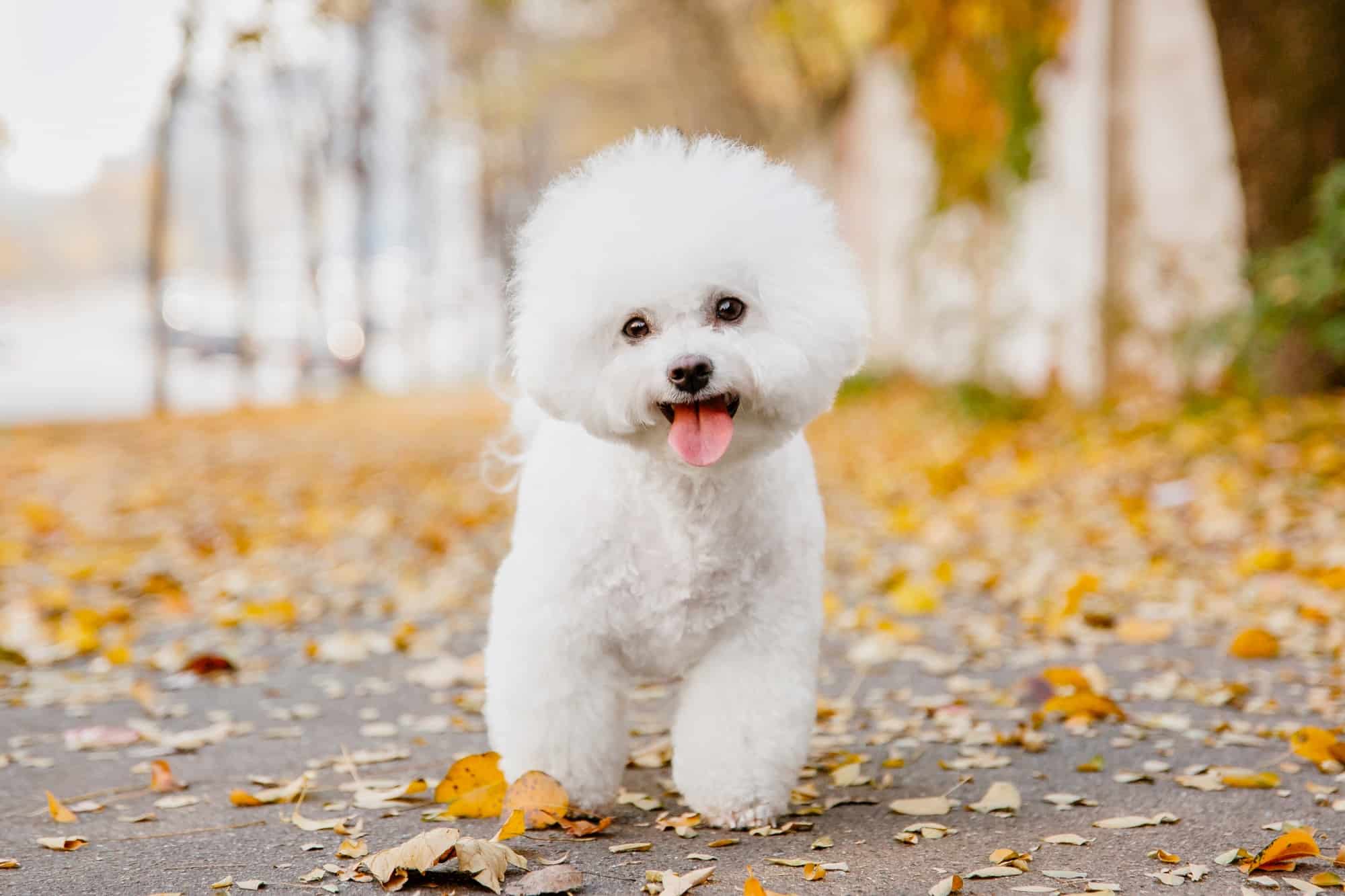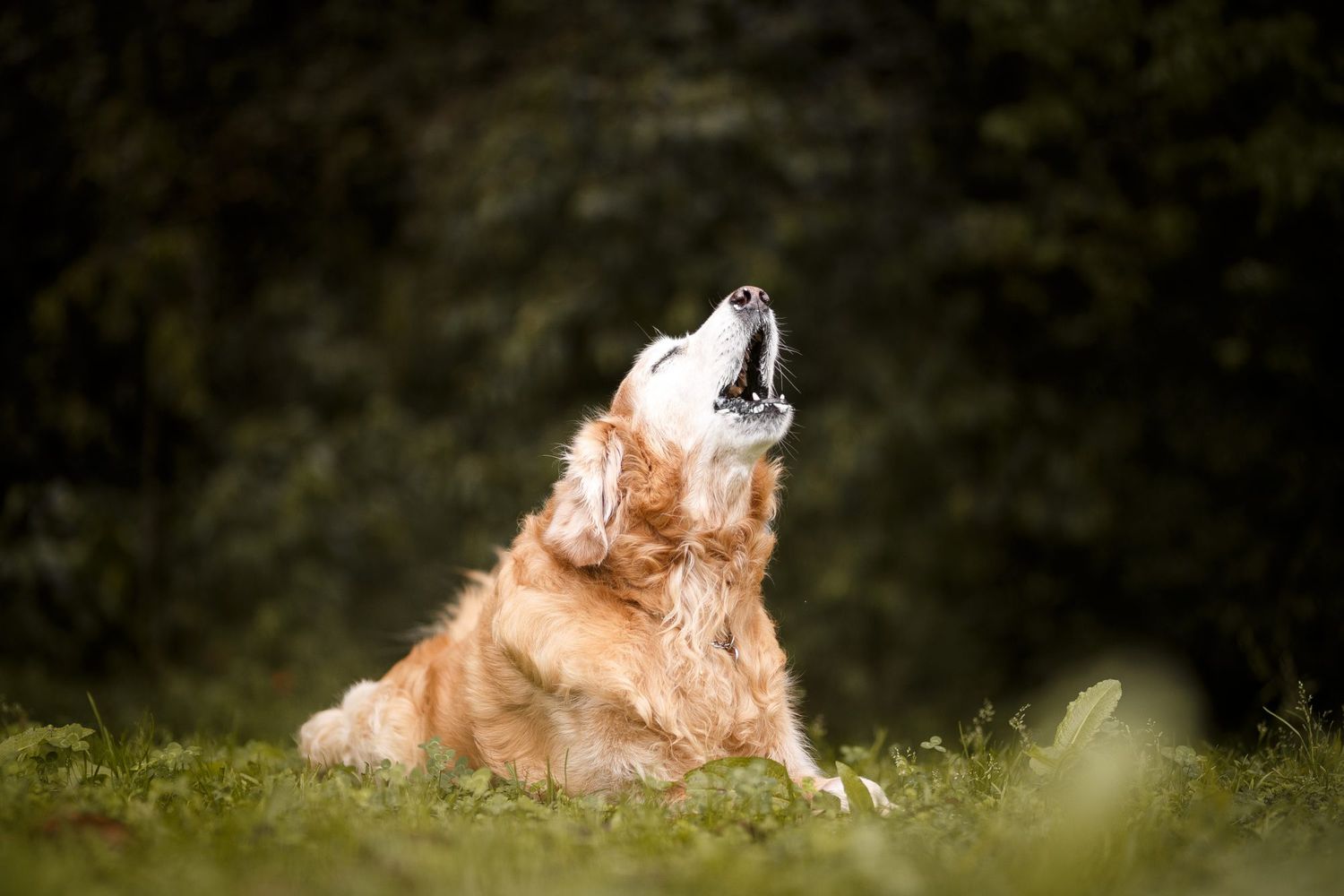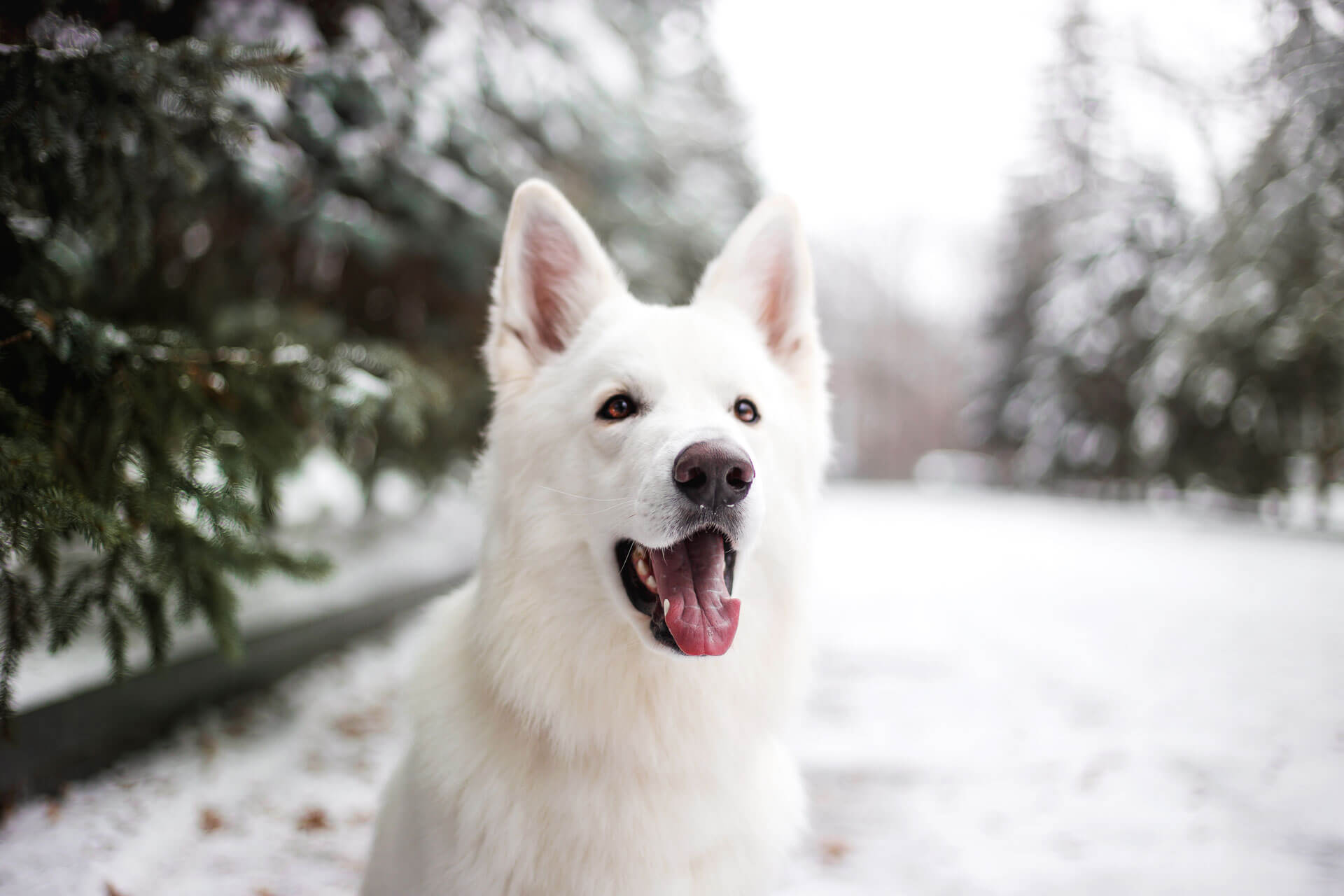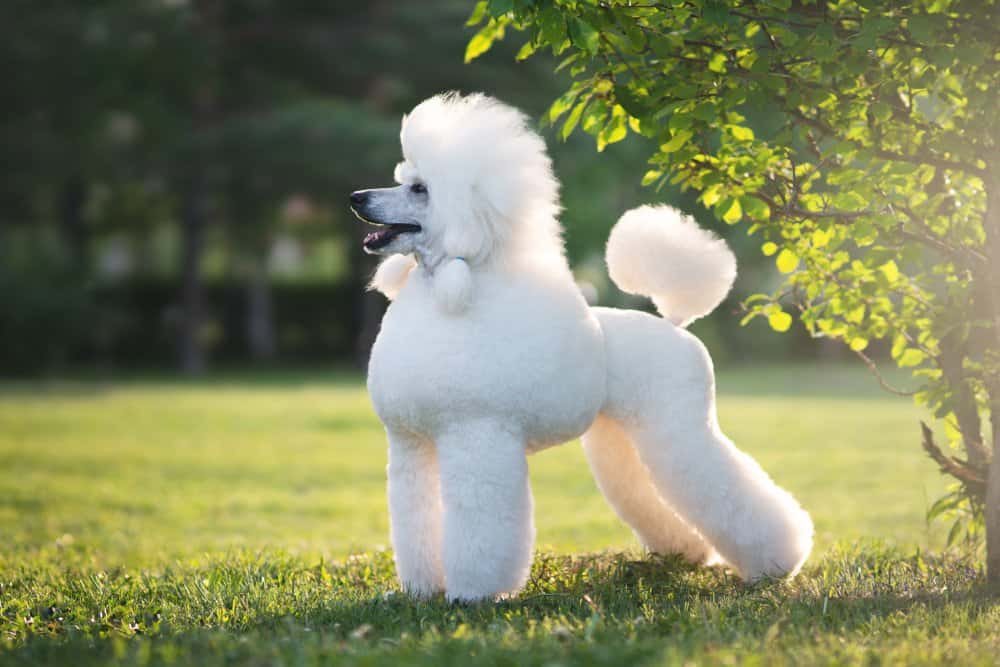Dogs come in all shapes, sizes, and temperaments, making them one of the most diverse animal species on the planet. There are over 300 different dog breeds recognized today, each with its own unique characteristics and traits. To help organize these breeds, the American Kennel Club (AKC) and other organizations have divided them into seven groups based on their original work.
These groups include the Sporting Group, Hound Group, Working Group, Terrier Group, Toy Group, Non-Sporting Group, and Herding Group. In this article, we will explore each of these groups in more detail to learn more about the different types of dogs that exist.
You are reading: 7 Groups of Dogs

7 Groups of Dogs
Sporting Group
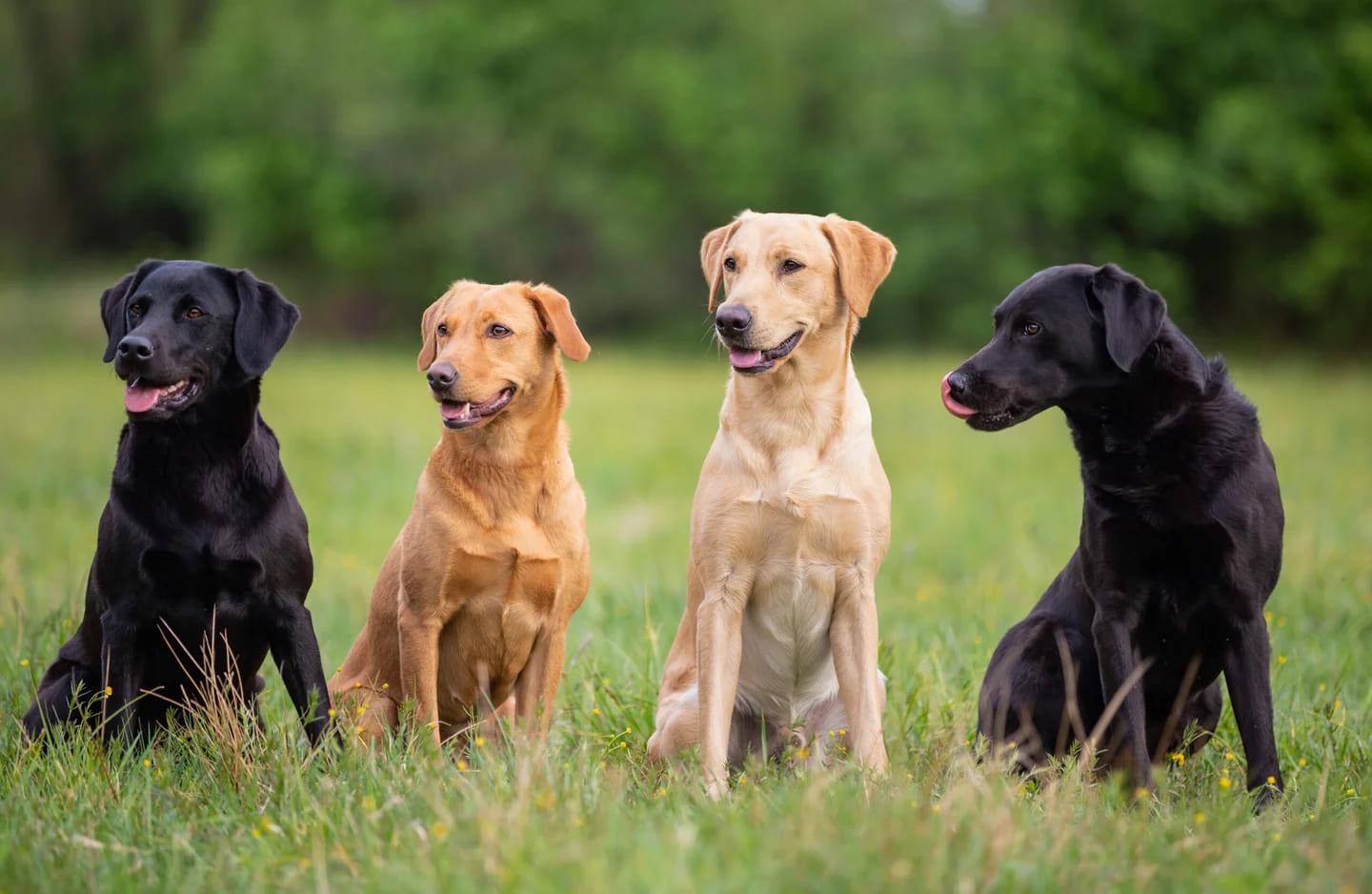
The Sporting Group is one of the seven groups of dogs recognized by the American Kennel Club (AKC) and other organizations. This group includes breeds that were originally developed to assist hunters in locating and retrieving game.
There are four basic types of Sporting dogs: spaniels, pointers, retrievers, and setters. These breeds are known for their superior instincts in water and woods, and many of them actively participate in hunting and other field activities.
Sporting dogs are naturally active and alert, making them well-rounded companions. They are highly trainable and generally friendly, and they enjoy long walks or runs, playing fetch, and swimming.
Some of the most popular breeds in the Sporting Group include the Labrador Retriever, Golden Retriever, and English Springer Spaniel. If you are looking for an energetic and trainable companion, a Sporting dog may be the perfect fit for you.
Hound Group

The Hound Group is one of the seven groups of dogs recognized by the American Kennel Club (AKC) and other organizations. Hounds are a type of hunting dog used by hunters to track or chase prey. There are two types of hounds: those who hunt by sight and those who hunt by scent.
Hounds are known for their exceptional tracking abilities and keen sense of smell, which make them valuable hunting companions. They are highly valued for their hunting prowess and have played crucial roles in different cultures and regions throughout history.
Hound breeds adapted to various terrains and prey, ranging from scent hounds to sight hounds. Today, these noble dogs are also beloved companions and showcase their remarkable heritage in modern activities such as scent work and search and rescue operations.
Some of the most popular breeds in the Hound Group include the Beagle, Bloodhound, and. If you are looking for a loyal and skilled hunting companion or a loving and active family pet, a Hound dog may be the perfect fit for you.
Working Group

Read more : How Far Can A Dog Run Into The Woods?
The Working Group is one of the seven groups of dogs recognized by the American Kennel Club (AKC) and other organizations. Dogs in this group were bred to assist humans in various tasks, such as guarding property, pulling sleds, and performing water rescues. They are intelligent, strong, watchful, and alert, making them quick learners and excellent companions.
However, because they are large and naturally protective, prospective owners need to know how to properly train and socialize a dog. Some breeds in the Working Group may not be suitable for first-time dog owners.
Working dogs are highly valued for their practical skills and have been used for centuries for a wide variety of jobs, including driving, herding, and guarding livestock, pulling sleds, and hunting small and large game. They are primarily large breeds and love having a task to do, even if it’s not what they were bred for.
Some of the most popular breeds in the Working Group include the Doberman Pinscher, Siberian Husky, and Great Dane. If you are looking for a loyal and intelligent companion that can also assist you in various tasks, a Working dog may be the perfect fit for you.
Terrier Group
The Terrier Group is one of the seven groups of dogs recognized by the American Kennel Club (AKC) and other organizations. Terriers are a diverse group of small to medium-sized dogs known for their feisty, mischievous personality, and energetic nature. They were originally bred to hunt vermin, such as foxes, moles, badgers, and rats.
Terriers come in a wide range of sizes and shapes, but they all share a common trait of being fearless and tenacious. They are highly intelligent and trainable, but they require patience and a great sense of humor.
Terriers are territorial and protective of their property, and they will bark furiously at people or animals who approach their territory. The various combinations of bulldog and terrier that were used for bull-baiting and dog-fighting in the late 19th century were later refined into separate breeds that combined both terrier and bulldog qualities.
Except for the Boston Terrier, they are generally included in kennel clubs’ Terrier Group. Breeders have bred modern bull-type terrier breeds, such as the Bull Terrier and Staffordshire Bull Terrier, into suitable family dogs and show terriers.
Toy terriers have been bred from larger terriers and are shown in the Toy or Companion group. Some of the most popular breeds in the Terrier Group include the Airedale Terrier, Cairn Terrier, and Bull Terrier. If you are looking for a small, energetic, and feisty companion, a Terrier dog may be the perfect fit for you.
Toy Group
The Toy Group is one of the seven groups of dogs recognized by the American Kennel Club (AKC) and other organizations. This group consists of small to tiny dogs that are bred primarily as companions.
Toy breeds are known for their affectionate, sociable, and adaptable nature, making them popular with city dwellers and people with a wide range of lifestyles. They are intelligent, energetic, and many have strong protective instincts, despite their small size.
Toy dogs are ideal apartment dogs and make great lap warmers on chilly nights. They are also popular in dog shows, where they are judged based on their breed standards.
Some of the most popular breeds in the Toy Group include the Chihuahua, Pomeranian, and Toy Poodle. If you are looking for a small and affectionate companion, a Toy dog may be the perfect fit for you.
Non-Sporting Group
The Non-Sporting Group is one of the seven groups of dogs recognized by the American Kennel Club (AKC) and other organizations. This group is made up of a diverse group of breeds with varying sizes, coats, personalities, and overall appearance. They come from a wide variety of backgrounds, so it is hard to generalize about this group of dogs.
From the sturdy Chow Chow to the compact French Bulldog and the fox-like Keeshond, the differences in features can be vast. Most Non-Sporting breeds are good watchdogs and housedogs.
Read more : Why Does My Dog Have Brown Spots On Her Belly?
Other breeds in this group include the ever-popular Dalmatian, Poodle, and Lhasa Apso, and the less common Schipperke and Tibetan Spaniel. The Non-Sporting Group is the most diverse group of all the pups, varying in size, coat, and personality.
Some of the most popular breeds in the Non-Sporting Group include the Poodle, French Bulldog, and Bulldog. If you are looking for a companion with a unique personality and appearance, a Non-Sporting dog may be the perfect fit for you.
Herding Group
The Herding Group is one of the seven groups of dogs recognized by the American Kennel Club (AKC) and other organizations. This group was created in 1983 and was formerly part of the Working Group.
All breeds in the Herding Group share an instinctual ability to control the movement of other animals. These breeds were developed to gather, herd, and protect livestock.
Today, some breeds like the Belgian Malinois and the German Shepherd Dog are commonly used for police and protection work. The herding instinct in these breeds is so strong that they have been known to gently herd their owners, especially the children of the family.
In general, these intelligent dogs make excellent companions and respond beautifully to training exercises. Some of the breeds in the Herding Group include: Australian Cattle Dog, Australian Shepherd, Bearded Collie, Border Collie, German Shepherd Dog, Old English Sheepdog, Pembroke Welsh Corgi.
The AKC offers herding tests and trials for eligible breeds. The herding test is offered in a non-competitive pass/fail format as an Instinct Test, Herding Test, or Pre-Trial Test.
If you are looking for a loyal and intelligent companion with a strong herding instinct, a Herding dog may be the perfect fit for you.
FAQS
1. What are the seven groups of dogs recognized by the AKC?
The seven groups of dogs recognized by the AKC are the Sporting Group, Hound Group, Working Group, Terrier Group, Toy Group, Non-Sporting Group, and Herding Group.
2. What is the difference between the seven groups of dogs?
The seven groups of dogs are based on the original work that the breeds were developed to do. For example, the Sporting Group includes breeds that were developed to assist hunters in finding and retrieving game, while the Herding Group includes breeds that were developed to gather, herd, and protect livestock.
3. What are some popular breeds in each group?
Some popular breeds in the Sporting Group include the Golden Retriever and Labrador Retriever. In the Hound Group, popular breeds include the Beagle and Bloodhound. The Working Group includes breeds such as the Boxer and Siberian Husky. Popular breeds in the Terrier Group include the Airedale Terrier and Scottish Terrier. The Toy Group includes breeds such as the Chihuahua and Pomeranian. The Non-Sporting Group includes breeds such as the Bulldog and Dalmatian. Finally, the Herding Group includes breeds such as the Border Collie and German Shepherd Dog.
4. Can mixed breed dogs be classified into one of the seven groups?
Mixed breed dogs can have appearances and personalities that closely align with one particular group, but they are not officially classified into one of the seven groups.
5. What is the purpose of the AKC breed groups?
The AKC breed groups are used to organize dog breeds based on their original work and to provide a framework for dog shows and competitions. They also help prospective dog owners choose a breed that is best suited to their lifestyle and needs.
6. What is conformation in dog shows?
Conformation is a competition in dog shows where judges examine the dogs and give awards based on how closely each dog compares to the breed’s official standard. The standard describes the characteristics that allow the breed to perform the function for which it was bred.
7. What is the difference between the Working Group and the Herding Group?
The Working Group includes breeds that were developed to perform specific jobs related to guarding property or performing rescues, while the Herding Group includes breeds that were developed to gather, herd, and protect livestock.
Source: https://petstutorial.com
Category: DOGS


